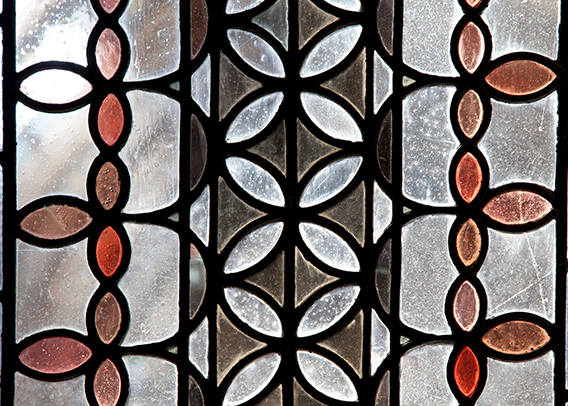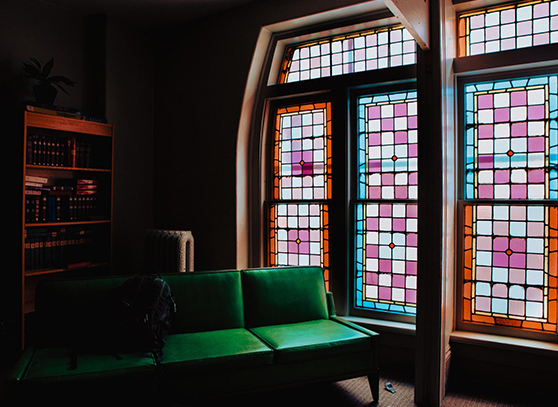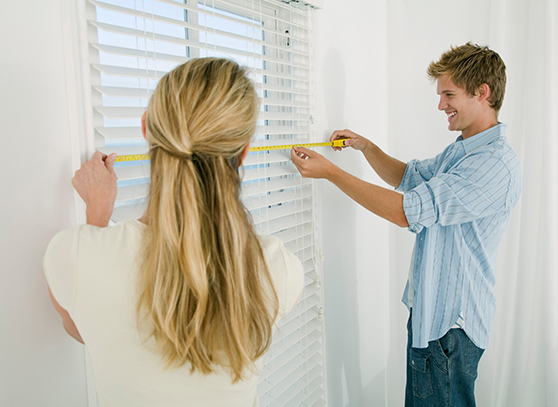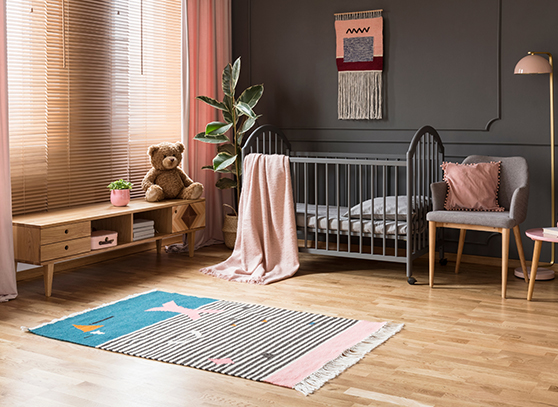How to Maintain Vintage Stained Glass Windows
Nov 27 2020 Posted By Ontario Window Reviews

Stained glass windows are inherently beautiful and mysterious. They instantly light up any room with their unique style and are often the first thing that guests notice. Long ago, this style of glass windows could only be found in churches, cathedrals, and other religious buildings. However, with the emergence of Victorian-style home architecture between 1837 and 1901, stained glass became more prevalent in homes. In fact, the oldest stained glass company in North America is situated in Ontario, Canada created by artist Robert McCausland Ltd, founded in the year 1850.
Due to its significance in art history, these types of glass windows are known for their timeless appeal. However, this timelessness does not apply to the window’s maintenance. Like all materials that are exposed to harsh outdoor conditions, stained glass windows can start to deteriorate. So, if you own a home with vintage stained glass windows, you might be wondering what you can do in order to preserve the beauty and integrity of these artistic windows. Well, you’re in the right place!
In this article, we will discuss the nuances of maintaining stained glass windows and answer key questions that most homeowners have about vintage stained glass windows. Let’s get started!

What Qualifies as Stained Glass Windows?
Let’s quickly go over three main terms: stained glass, leaded glass, and back painted glass.
Stained Glass
The term stained glass can be broadly used to pertain to coloured glass and to the finished pieces made from it. Stained glass gets its permanent colour from the use of metallic salts during the glass’s manufacturing process. The coloured glass is then cut into pieces and arranged to portray a certain pattern or imagery. The pieces are typically held into place by strips of lead (or zinc) called “cames” which are supported by a strong steel frame. This explains why stained glass windows are also considered “leaded glass windows.”
Leaded Glass Windows
All leaded glass windows feature pieces that are soldered together using a lead alloy. We must establish that not all leaded glass windows have stained glass. Sometimes, leaded windows can feature clear or bevelled glass as well.
Back Painted Glass Windows
Stained glass windows are sometimes loosely used to pertain to “back painted glass windows” as well. Though back painted glass windows are less common, there is still a chance that you might have this type of window instead of stained glass. The main difference lies in how they’re made. During the manufacturing of back painted glass, paint is applied to an already-made sheet of glass. Then, the paint is “baked” onto the glass using a large oven.
Visually, the difference between stained glass and back-painted glass is that stained glass tends to be more translucent and back painted glass tends to be more opaque. Newer techniques, however, are able to create more transparent back painted glass but these weren’t used on vintage windows. In some stained glass windows, there is a combination of stained glass pieces and back painted glass pieces.

How Do I Properly Clean Vintage Stained Glass Windows?
Before attempting to clean your vintage stained glass window, make sure that none of the glass is broken or chipped and is secured to the window in a sound state. You can then wash the window using a solution of warm water and soap with a neutral pH level; apply this solution using a soft rag. You can use a soft brush for persistent dirt. However, if you have back painted glass panels, make sure to avoid using any abrasive cleaning tool as these can inflict damage.
Additionally, avoid using commercial window cleaners because these solutions usually contain ammonia. Ammonia can react with the lead cames or with any filler compounds used on the stained glass window, contributing to the early degradation of these components.
How Can I Tell if a Stained Glass Window Needs Cementing?
Through time, the filler cement between the cames and the glass panels dry up and fall out. This is common with really old stained glass windows and may leave a noticeable gap that needs cementing. Cementing is not as intricate as replacing/restoring the cames or fixing bulges and can be successfully done by homeowners who have a knack for DIY. For this project, look for a good quality glazing compound and make sure to tint the compound to match the colour of the window’s cames.
How Do I Know if the Cames or Solder Needs to Be Replaced or Restored?
Properly made stained glass windows can last up to 75 to 150 years before they will be in need of re-leading. Examine the lead or zinc between the glass pieces of your stained glass window. When these components are still in good condition, they should exhibit a uniform gray colour.
If you see a white powder coating the surface of the lead or zinc cames, do NOT touch this with your bare hands. This white substance is a product of the metal’s oxidation and is harmful to your health. This is a sign that the cames or solder needs to be replaced or at least restored. This is best assessed and done by a professional.

What Do I Do If My Stained Glass Window Has Bulging?
Over time, the glass panels of vintage leaded stained glass windows may bulge inwards or outwards. However, properly constructed stained glass windows that have steel braces, well-sized panels, staggered borders, and thicker lead cames will resist bulging far longer than stained glass windows with design flaws.
When a stained glass window exhibits bulging, it may only be a matter of time before the glass starts to crack and break. You’d need to get in touch with an expert as soon as possible to straighten this out.
Vintage Stained Glass Windows vs. Modern Stained Glass Windows
Though the techniques for adding colour to the stained glass remain the same, modern stained glass windows are double-glazed. Exterior glazing with tempered, laminated, or insulated glass is typically used for reinforcing modern stained glass windows against outside elements. This means that modern stained glass windows require less maintenance, offer more insulation, and allow less sound to pass through.
If you are looking to add modern stained glass windows to your home or in search of professionals who can help with repairs to your vintage stained glass windows, get in touch with a trusted manufacturer of customized glass windows like Clera Windows + Doors. Their team of experts can help in the case that you want to install an exterior storm window to protect your vintage stained glass windows.
And that’s all for our tips on how to maintain vintage stained glass windows! Which of these was the most helpful tip for you?
Recent Posts
Category
Archives
- December 2023
- November 2023
- October 2023
- September 2023
- July 2023
- June 2023
- May 2023
- February 2023
- January 2023
- December 2022
- October 2022
- September 2022
- August 2022
- July 2022
- June 2022
- May 2022
- April 2022
- March 2022
- February 2022
- January 2022
- December 2021
- November 2021
- October 2021
- September 2021
- August 2021
- July 2021
- June 2021
- May 2021
- April 2021
- February 2021
- January 2021
© 2023 Ontario Window Reviews - Windows & Door Companies. All Rights Reserved.

Leave A Reply